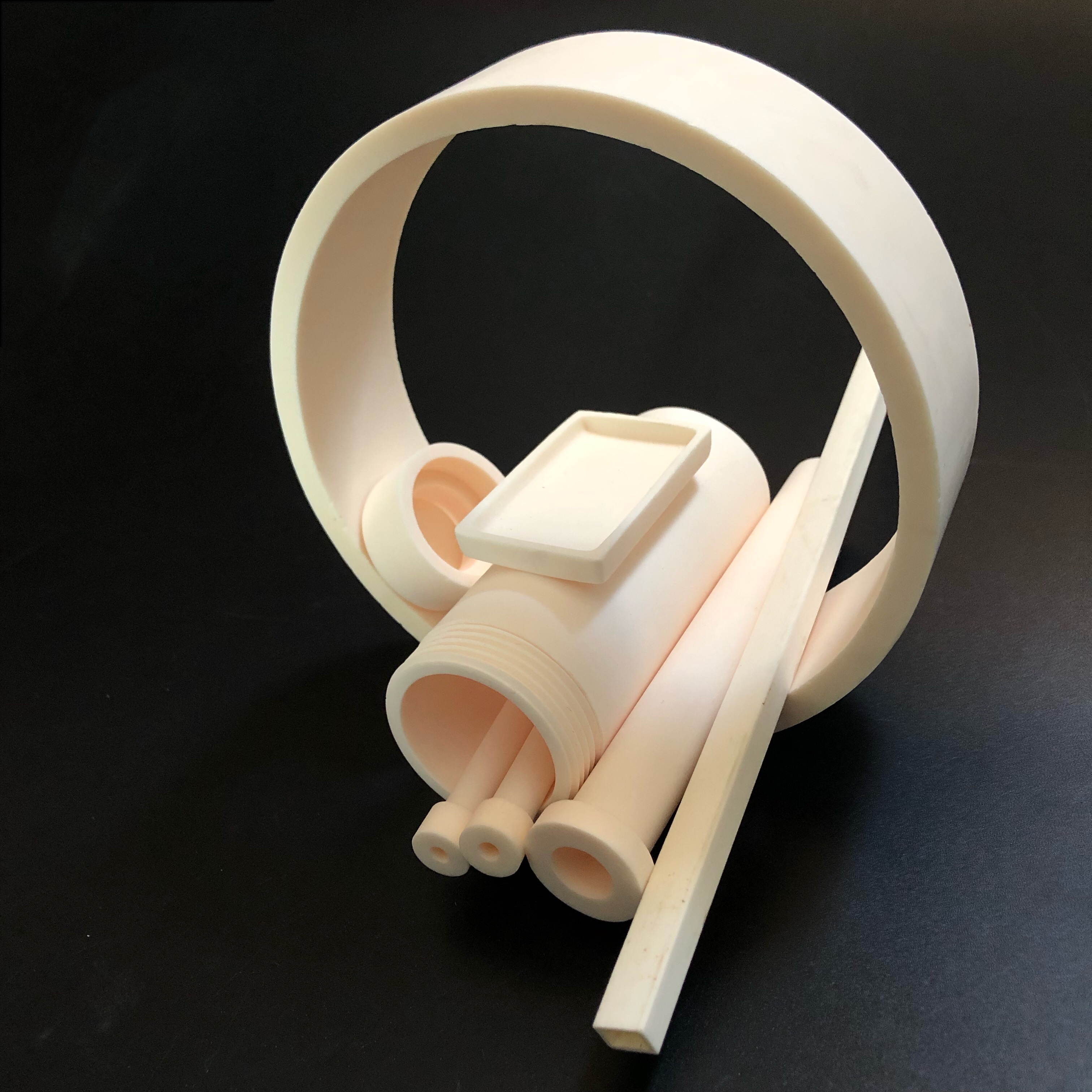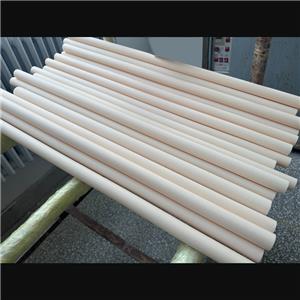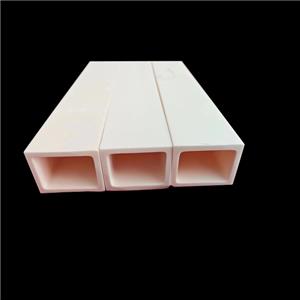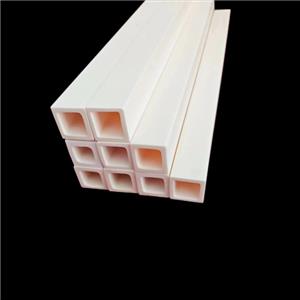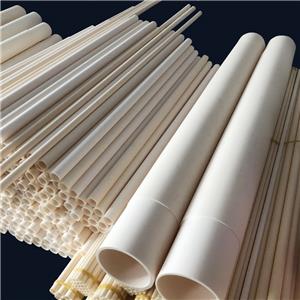Industrial ceramics, a material that cannot be underestimated
Industrial ceramics, a material that cannot be underestimated
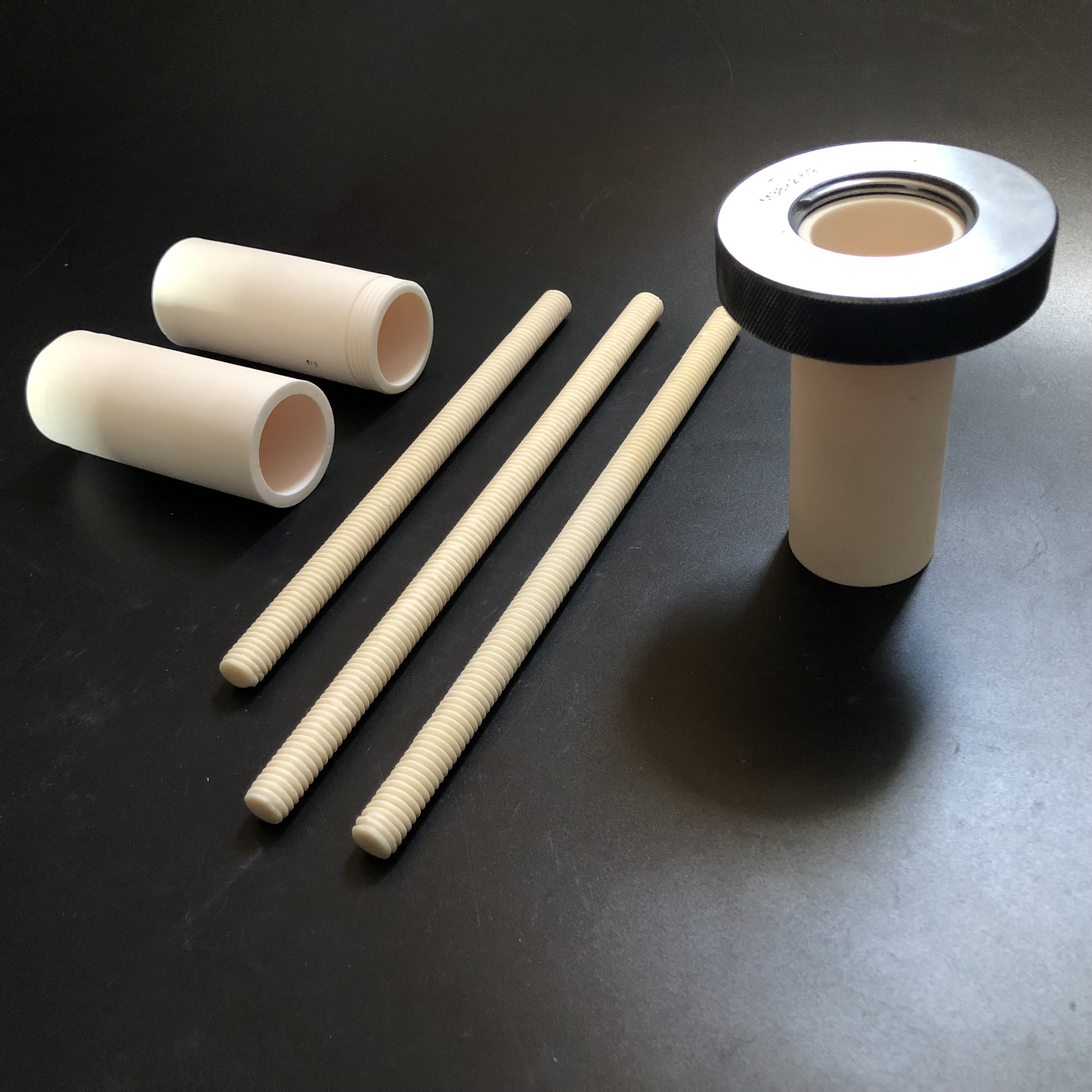
Ceramics are usually composed of commonly available materials, such as carbon, silicon, oxygen and nitrogen. After they are consolidated under high temperature and high pressure, they can form ceramic materials and can be used in various household products. Industrial ceramics (also known as engineering ceramics or high performance ceramics) usually contain more complex compounds, including alumina, carbides, nitrides, borides, zirconia, etc. Industrial ceramics can obtain certain engineering characteristics or specific combinations of several characteristics under different formulations or processes, thus often replacing metals, polymers and refractory materials in various applications.
The excellent engineering properties available for industrial ceramics mainly include:
High hardness and rigidity
One of the most common characteristics of industrial ceramics is its extremely high hardness and rigidity, some of which are more than 4 times that of stainless steel. Such high hardness directly translates into excellent wear resistance, which means that they can have the ability to maintain accurate and high tolerance surface treatment for a longer period of time than any other material.
Low density
Another common characteristic of industrial ceramics is low density, ranging from 2 to 6 g/cc. It is much lighter than stainless steel (8 g/cc) and titanium (4.5 g/cc), only softer aluminum has similar density. This means that products can be made lighter, which is crucial for many products, such as aerospace.
Ultra-high temperature resistance
Some ceramics can operate normally at temperatures above 1750°C, which makes them ultra-high temperature materials. Facts have proved that these ceramics have inestimable value in high temperature applications such as engines, turbines and bearings. They can prolong service life, improve performance and efficiency.
Excellent electrical performance
Industrial ceramics are often excellent electrical insulators (high dielectric strength). In high temperature environment, mechanical and thermal properties of other materials tend to decline, but industrial ceramics can continue to maintain stable properties. Some ceramics have low electrical loss and high dielectric constant, which are commonly used in electronic applications such as capacitors and resonators. In addition, the ability to combine ceramics as insulators with structural components has brought many product innovations.
Different thermal conductivity
The thermal conductivity of different types of industrial ceramic materials varies greatly. Some ceramics (including aluminum nitride) have high thermal conductivity and are commonly used as radiators or heat exchangers in many electrical applications. Some ceramics have much lower thermal conductivity, so suitable industrial ceramic materials can be selected according to actual needs, thus having a wide range of application scenarios.
Very high compressive strength
Industrial ceramics have high strength, but only when compressed. For example, many industrial ceramics can withstand extremely high loads of 1000 to 4000 MPa. In contrast, titanium is considered to be a very strong metal and its compressive strength is only 1000 MPa.
Chemical inertness and corrosion resistance
Industrial ceramics are very stable in chemical properties and low in chemical solubility, so they are highly resistant to corrosion, which cannot be achieved by metal and polymer materials. This makes ceramics an attractive choice in many commercial and industrial applications, especially when wear resistance is still required.
In addition, industrial ceramics can also have important characteristics such as biocompatibility, food compatibility, low thermal expansion, etc. These specific characteristics can be developed, optimized and matched according to requirements, can also combine different attributes, can also be used to design advanced components, perform required tasks with optimal accuracy, and can have advantages over other competitive materials (such as metal or plastic) in corresponding application fields.

